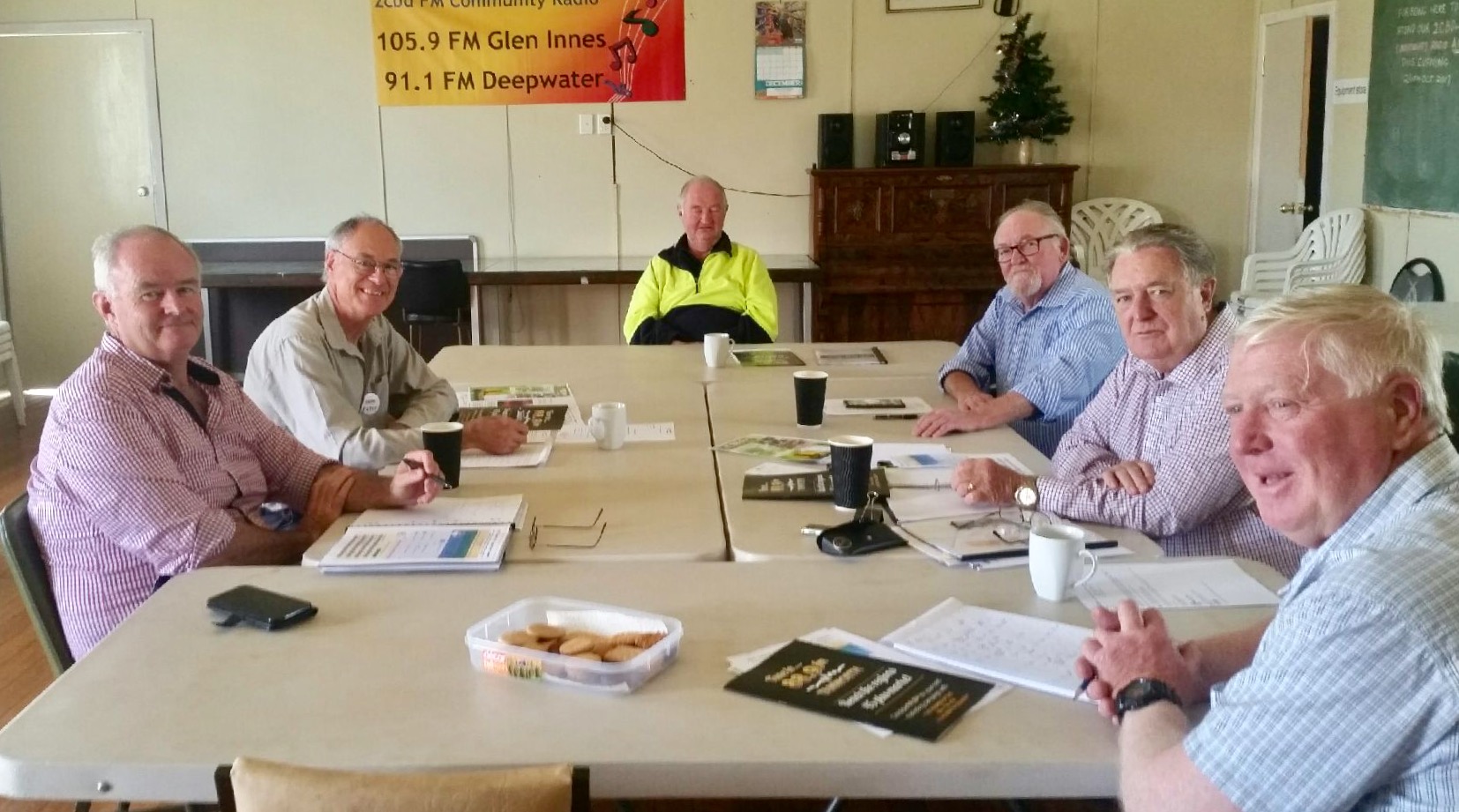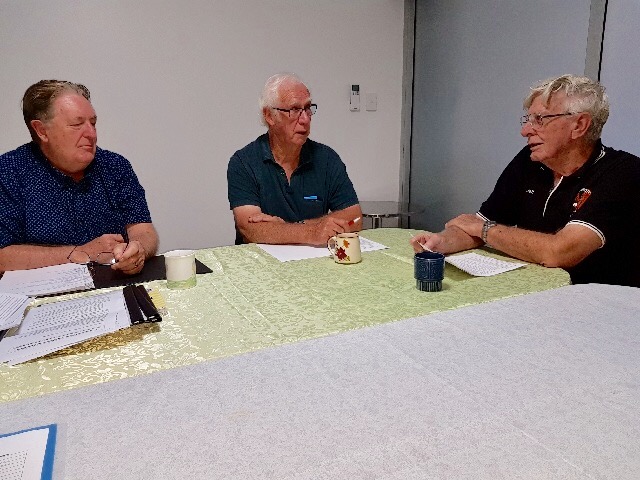
Benefits of regional community radio support groups
The New England North West Community Radio Group in NSW meets regularly to share ideas, resources and discuss issues of mutual challenge and opportunity.
The members, 2CBD, 88.9fm, STA FM, 2MAX FM and TEN FM, find the region-specific meetings very useful. The meetings allow the stations to draw from the knowledge of the other members, share technical skills, promotion, and content services, among other things.
These photos were taken at their most recent get together in March.

Left to right: Peter Jarret STA FM, Peter van Schaik TEN FM, Neville Campbell 2CBD FM, Noel Victor 88.9FM, George Frame 88.9FM, David Donnelly 2CBD FM.

Left to right: George Frame 88.9FM, Anthony Welshman and Jeff Cloake MAX FM.
Facebook comments